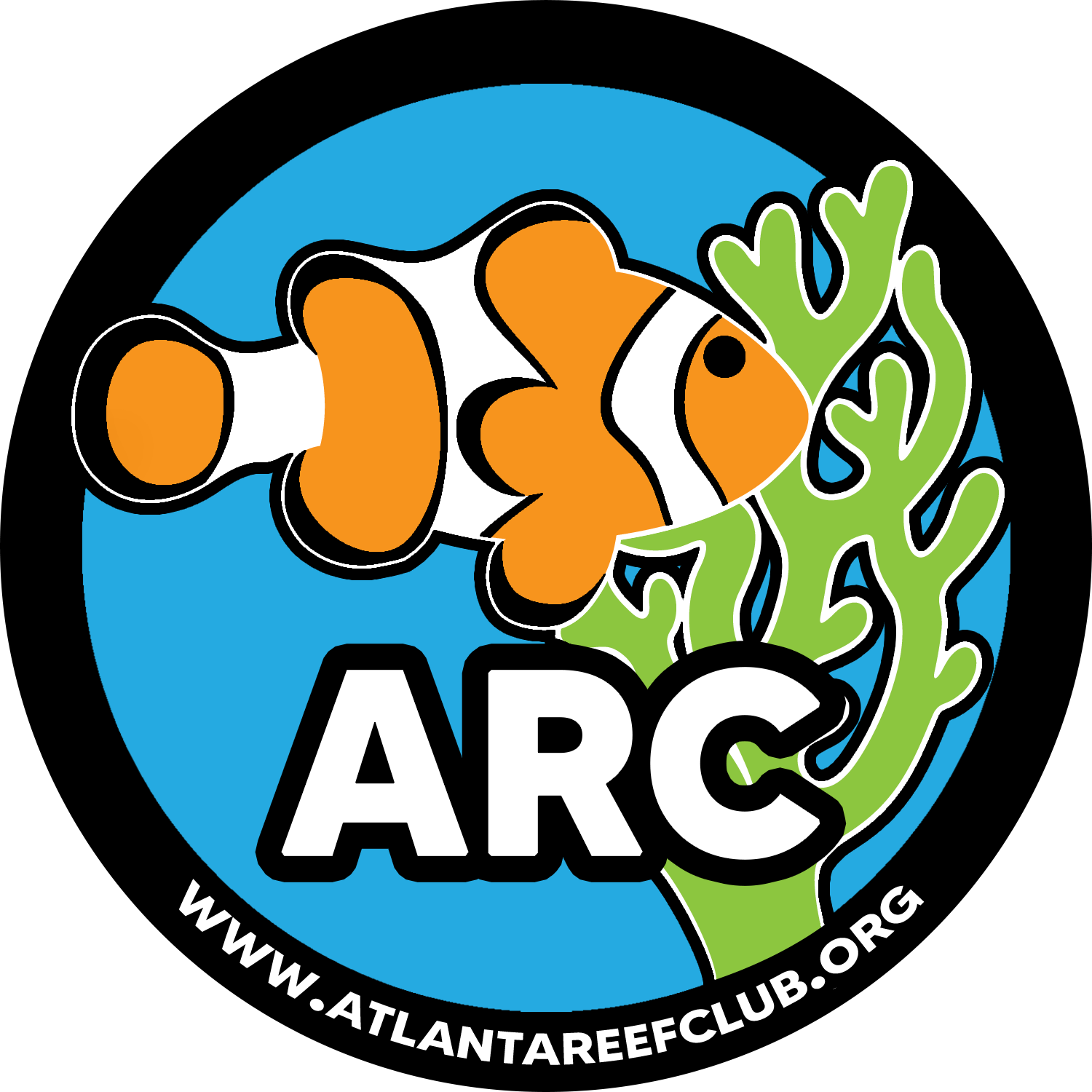Smoothie;556473 wrote: No it doesn't. Not through the nem itself. Maybe through the water column and absorbed throught the host cells in the anemone. Maybe. Google zooxanthelae
I researched it and found this:
Most are autotrophs and provide the host with energy in the form of translocated reduced carbon compounds, such as glucose, glycerol, and amino acids, which are the products of photosynthesis
So does this mean it reduces Omega 3?
I found this procedure in cutting an anemone:
Propagating the Bubble-Tip anemones is fairly easy, yet needs to be done in a clean system.
Your anemone must be in good health.
It is always best to have done a large water change to your main tank before propagation. Wait a day and then put this water into a "recovery" tank if desired.
Remove the animal to a clean, non-slippery and damp surface, mouth side up.
Using sharp scissors or a scalpel, cut the anemone in half right down the center, through the mouth. This results in 2 equal halves. If it is large enough, 4 individuals can be made.
it is attached to a rock, another method is to just cut though the center of the mouth on one side only (do this long-ways, running with the length of the mouth) encouraging the anemone to finish the "split".
Place your new "pieces" into a moderately sized "recovery" tank. Use the same water as the main display (as you did a large water change, you would use this cleaner water).
Do 20% water changes a few days after after this little surgery.
If they were on a rock, put that same rock in the recovery tank for them to reattach.
If your tank is very large, over 100 gallons, then a 30-40% water change before the cut will help in recovery. Place them back on their favorite rock if they detached, since this will encourage reattachment. It would be prudent to wash your hands if you didn't use gloves. Within a few days your anemone should have started to wrap around and heal itself. Do not feed or bother it during this time and keep Clown fish away, if you have any in your tank.
